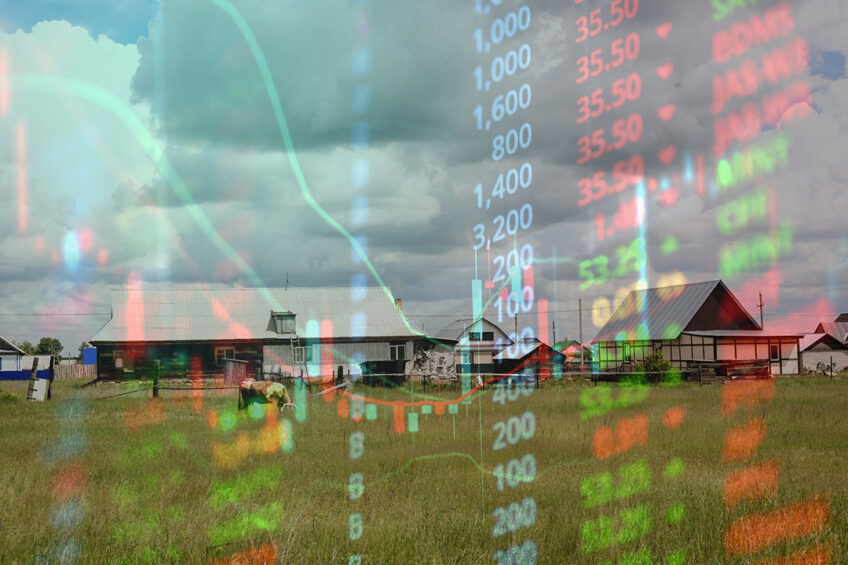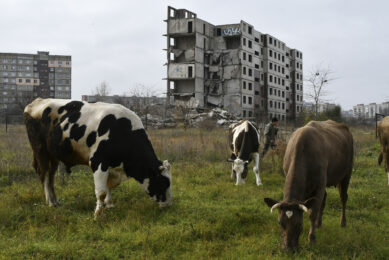Russia’s agriculture sees business margins dwindling

Profit margins within Russia’s agriculture sector have dropped to a critical level, even with the support of generous state aid. Some segments are now operating at a loss, a concerning trend as reported by Russian officials.
Elena Fastova, deputy Russian Agricultural Ministry, told Interfax, a local state news outlet, that the average margins with subsidies stood at 18.9% in 2023, compared to 20.3% in the previous year. Without the subsidies, the figure would be equal to 15.3%, she added.
“The growth in agricultural products prices can’t catch up with the surge of operational costs,” she said.
“There are many risks for agriculture,” Fastova said, adding that “for the industry, it is critical that the average business marginality does not dive below 20%. We hope we will stay around this threshold.”
Russian agricultural analysts previously explained that 20% is the level necessary to secure the investment inflow in agriculture.
No improvement expected for 2024
There is no reason to believe margins will improve in 2024, Fastova admitted.
In December 2023, Fastova forecasted that business profitability could drop to 19.3%, warning that some segments had already become loss-making. For example, she estimated that without state aid, beef and lamb production would have marginalities of minus 2.5 and 3.5, respectively, and the dairy industry also largely depends on state support.
In the meantime, the government state support for agriculture will drop in 2024 for the first time in many years. Fastova said it would be 540 billion roubles ($5.84 billion) against 528 billion roubles ($5.82 billion) in the previous year.
What figures can’t tell
In reality, the situation with business profitability in Russian agriculture can be much gloomier than the figures show. The government estimations don’t include small farmers and peasant farms, whose situation is much more complex than that of large companies, suggested Alexander Korbut, an independent market analyst.
The Russian Union of Grain Producers has issued a stark warning about the potential for mass bankruptcies in the Russian grain industry, a crisis that could unfold as early as the 2024/25 season.
“The current situation deprives many farmers of incentives to invest in development and even forces them to leave the market,” claimed Nadezhda Kanygina, an analyst at the Institute for Comprehensive Strategic Studies.
The Russian branch of Forbes reported that the business profitability suffers from a hike in operational costs, as logistics costs jumped by 20-25% over the previous year, equipment and spare parts by 30%, and labour costs by 10-12%. The operational cost rises due to sanctions and unprecedented labour shortage as the Russian economy lacks nearly 5 million workers.
Against this background, some segments experience a catastrophic drop in business profitability. For example, in the wheat production segment, it plummeted from 33.5% in 2022 to minus 1% in 2023, Forbes reported, citing official data.











